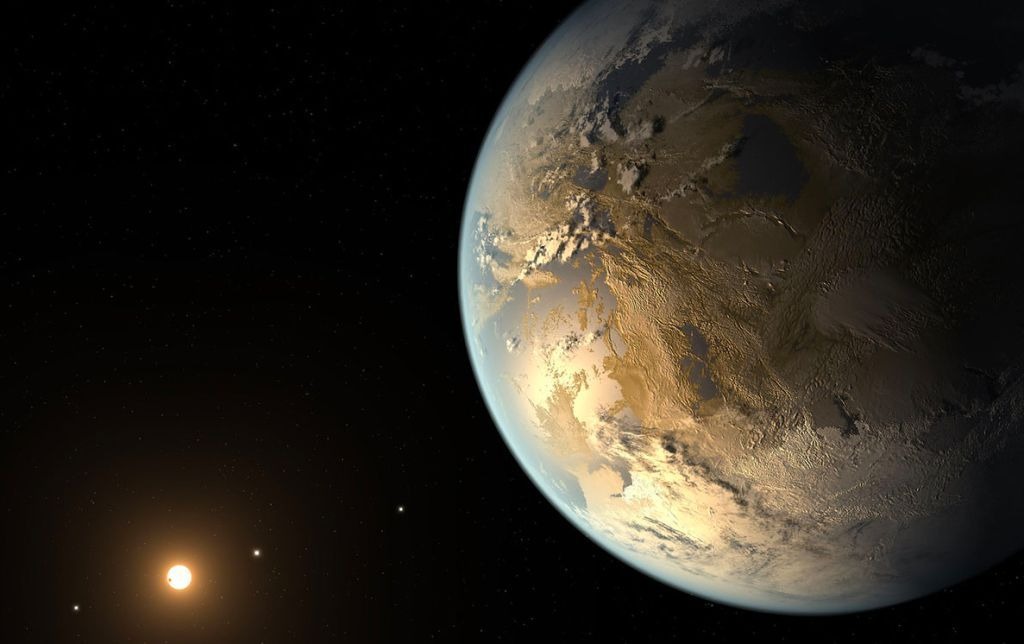Astronomers have just discovered an exoplanet that is almost the same size as Earth. The planet orbits a red dwarf of spectral class M. The planet is not very far from us by the standards of the Universe. Earth’s twin, which has been named K2-415b, is located 72 light-years away from us. Its similarity to our home world may shed light on how Earth-like planets form and evolve differently in systems very different from ours. The discovery was accepted for publication in The Astronomical Journal.

“Small planets around M-dwarfs are a good laboratory for studying the atmospheric diversity of rocky planets and the conditions in which a habitable terrestrial planet can exist,” writes an international group of astronomers led by Teruyuki Hirano from the Center for Astrobiology in Japan.
Scientists usually discover giant planets the size of Jupiter and larger because they are relatively easy to spot. But rocky worlds, such as our Earth, are harder to notice because of their size. Within a radius of 100 light-years from the Solar System, only 14 exoplanets have been discovered, the size of which is 1.25 times the radius of the Earth.
What is known about the exoplanet K2-415b
The exoplanet K2-415b is 1,015 times the radius of the Earth and orbits one of the smallest red dwarf stars on which an Earth-sized world has been found. The star K2-415 is only 16% of the mass of the Sun. The exoplanet was first seen in the collected data from the Kepler telescope, which had not been operating since 2017. Data about this exoplanet was also contained in the data of the successor Kepler – TESS.
Although K2-415b is almost commensurate with the Earth, it has significant differences. The mass of the exoplanet is about three times that of Earth. This means that K2-415b is also denser than our planet. Also, the exoplanet is located very close to its star – its orbital period is only four days. However, K2-415b is located inside the boundary of the “habitat zone” of K2-415. This can mean that the planet still has an atmosphere. In the Solar System, Venus is also located inside a zone suitable for the formation of life, but its atmosphere makes a real hell out of the planet.
Scientists do not hope to find signs of life on K2-415b. But the system is an excellent target for determining the characteristics of the atmosphere of an exoplanet and subsequent studies aimed at finding hidden and potentially living worlds.
Earlier we talked about how to find exoplanets in the Universe.
Follow us on Twitter to get the most interesting space news in time
https://twitter.com/ust_magazine

